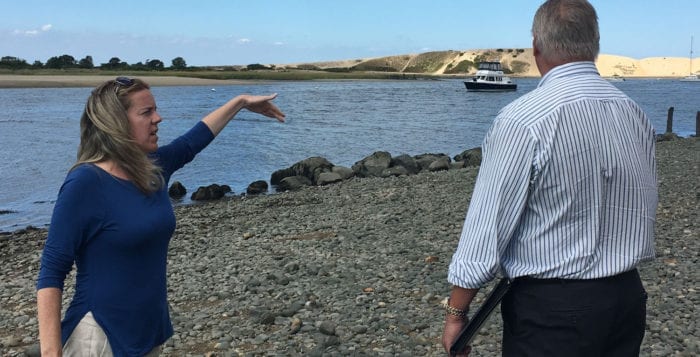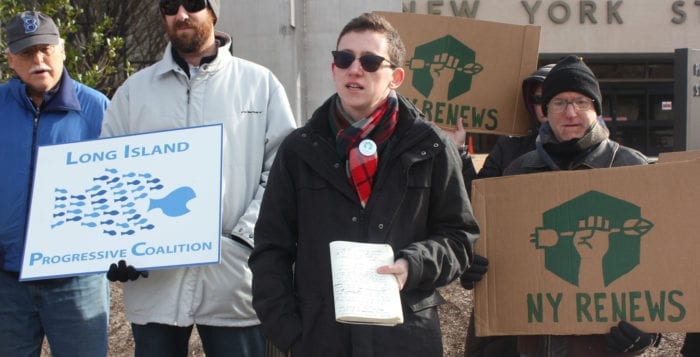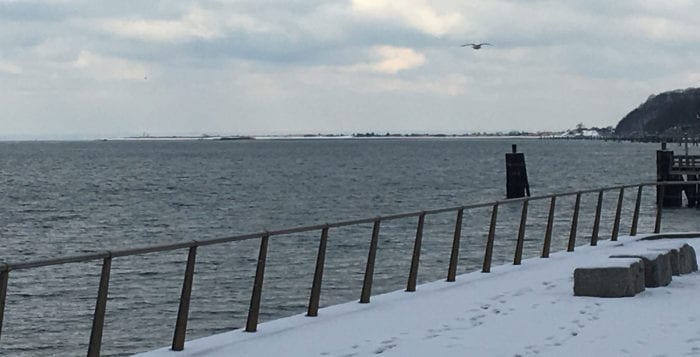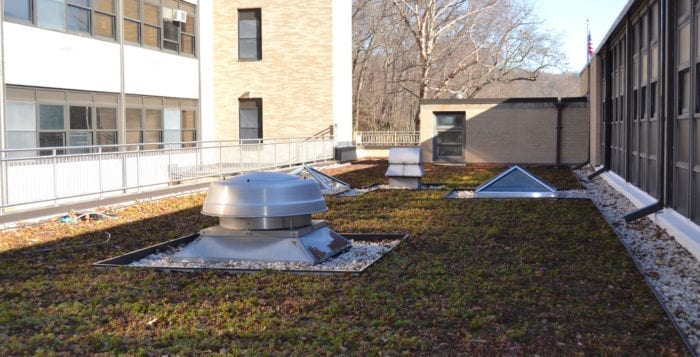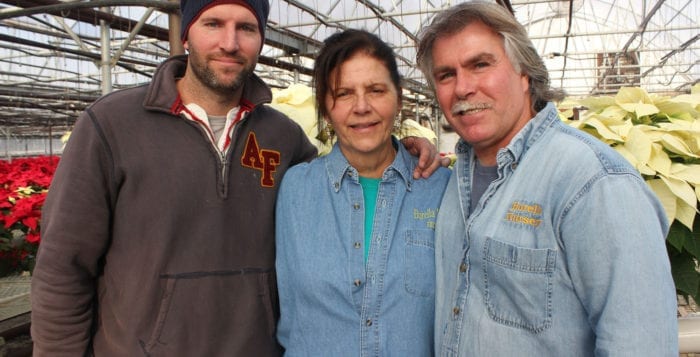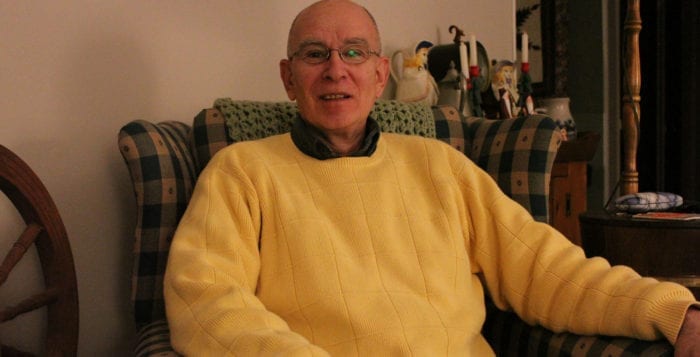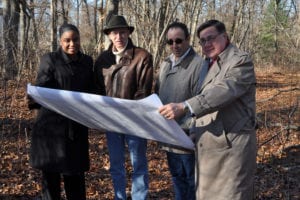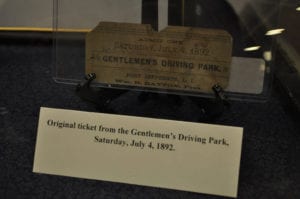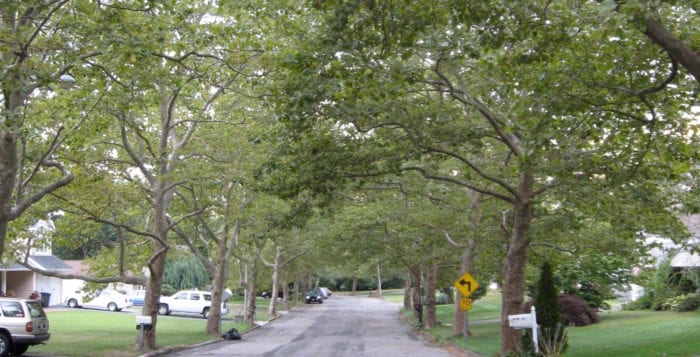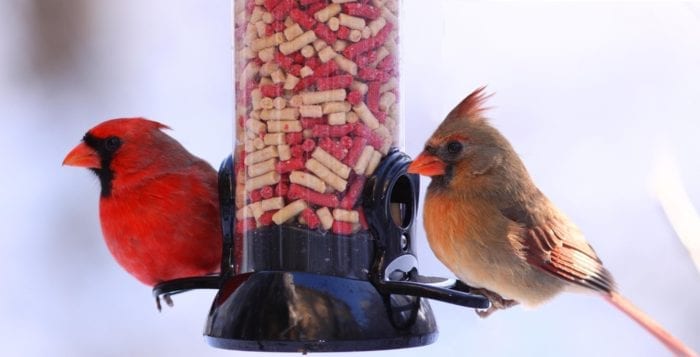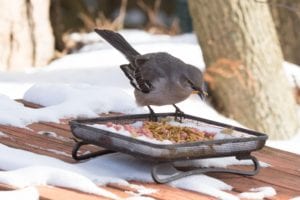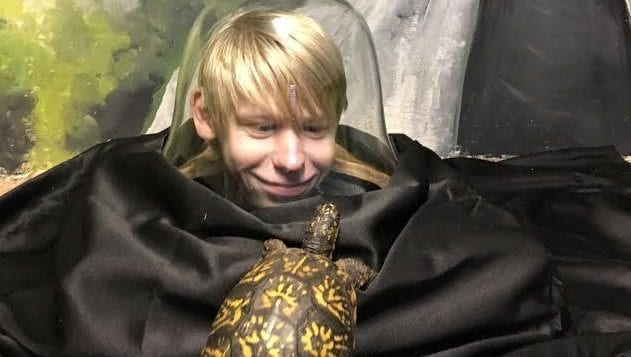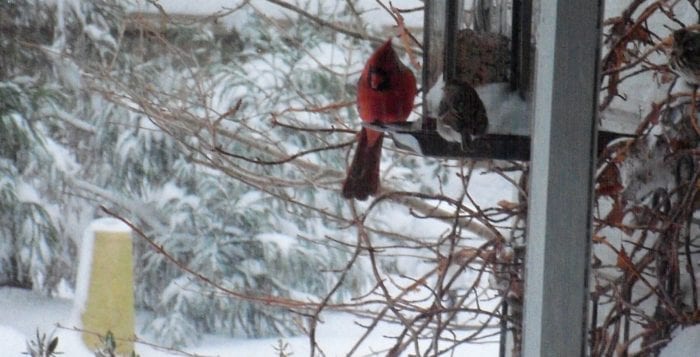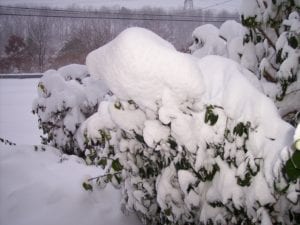Just in time for the holidays, Suffolk County has received a gift that will keep on giving.
Suffolk is slated to receive funding through New York State’s Regional Economic Development Councils for the creation of a countywide Blueway Trail.
According to the National Park Service, a blueway trail is a water path that provides recreational boating opportunities along a river, lake, canal or coastline.
The application submitted by the county earlier this year was based upon a recreational water trail plan Suffolk County Legislator Kara Hahn (D-Setauket) was developing for her North Shore district.
When Hahn took up paddle boarding about three years ago, she said it was a transformational experience.
“I was so excited to get a whole new perspective of our community,” she said, adding that although she grew up in the area, she only recently discovered water sports that provide a view of the shore.
“As more and more tourists seek out off-shore recreational activities … there’s no reason why Suffolk County’s lure should end at the water’s edge.”
— Kara Hahn
Reading an article about an established trail in Nassau County gave her the impetus to get a working group together, she said.
After evaluating the economic benefits and increased tourism a more comprehensive blueway trail would bring to the region, the preliminary plan was expanded to include all of Suffolk.
In June, Hahn sponsored bi-partisan legislation authorizing the county to pursue state funding, which resulted in the awarding of a $60,000 grant. She is hoping the seed money will give the county access to other grant funding.
“For generations, Long Island has attracted visitors from around the globe and international acclaim because of its shoreline of world class beaches,” she said. “However, as more and more tourists seek out off-shore recreational activities like canoeing, windsurfing and stand-up water paddling, there’s no reason why Suffolk County’s lure should end at the water’s edge. Once completed, this project will help drive new opportunities for regional tourism and serve as a catalyst to the local economy as our residents — and those vacationing here — discover Suffolk is amazing both on and off shore.”
According to the proposal, during its first phase, Suffolk County — in collaboration with its towns, villages and paddling organizations — will develop a blueway trail plan for the north and south shores as well as the Peconic Estuary in Riverhead. A schematic design of the trail route will include potential launch and landing locations, and there will be signage drafted and project identification for public access and facilities — an implementation plan will complete this phase.
Suffolk County Executive Steve Bellone (D) sees the project as an economic win.
“The funding for the blueway trail plan is a significant breakthrough for Suffolk’s local economy and its regional tourism industry,” he said.
Kristen Jarnagin, formerly of the Long Island Convention and Visitors Bureau in Hauppauge, and now president and CEO of Discover Long Island, a marketing website that facilitates the booking of vacation plans, envisions an increase in tourism.
“Tourism is a $5.5 billion industry on Long Island, which translates to more than $356 million in local and state tax revenues for Suffolk County,” she said. “We applaud Legislator Hahn’s effort to develop the new Blueway Trail that reflects the beauty of our destination and will assist in meeting the demand of our 9.1 million annual visitors.”
Jarnagin is one of many supporting the project.
Long Island Paddlers, Inc. President Steve Berner echoed her sentiments.
“Tourism is a $5.5 billion industry on Long Island, which translates to more than $356 million in local and state tax revenues for Suffolk County.”
—Kristen Jarnagin
“The Suffolk Blueway Trail will be a real benefit to prospective, novice and experienced kayakers alike,” Berner said. “The Long Island Paddlers commend legislator Hahn for spearheading the effort, and New York State for recognizing the economic potential of such a plan.”
George Hoffman, a founder of the Setauket Harbor Task Force, said he doesn’t forsee any downsides to the plan.
“It gets you out on the water,” he said in a phone interview, “and in addition to the environmental aspects, you get to see colonial history from a different vantage point. There should be markers to flag what you’re looking at.”
He mentioned the Nassau County south shore blueway trail that opened last June.
Ann Strong, of Strong’s Neck, who is on the board of Strong’s Neck Civic Association, is a member of the Three Village Historical Society and is a real estate broker whose family has been in the Setauket area for over 350 years, said she thought it seemed like a good thing for a lot of people.
“I can’t see it would be anything but favorable,” she said, adding that she looks forward to learning more about it. Upon hearing that Hahn was the prime mover of the project, she said she felt heartened that it would be done well.
A total of 10 Regional Councils were established by the state — including the Long Island Regional Council — to assist the regions in jumpstarting their economies. The Councils empower businesses and leaders, as well as citizens to develop strategic plans tailored to their region’s unique strengths and resources.
During the most recent round of funding, the Long Island Region awarded $62 million in grants to support 101 projects, which includes the Suffolk County Blueway Trail Plan.

